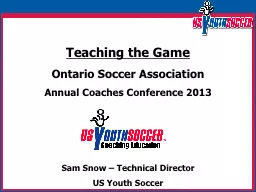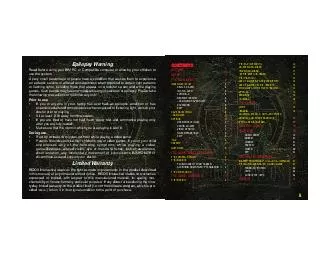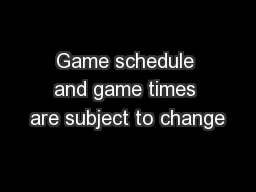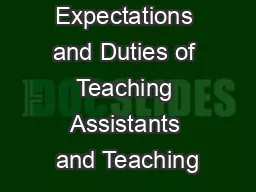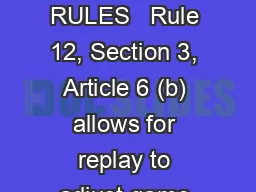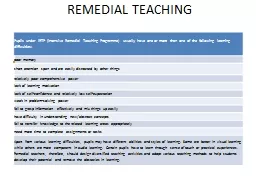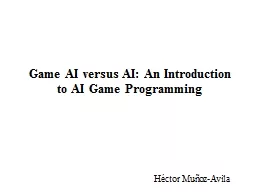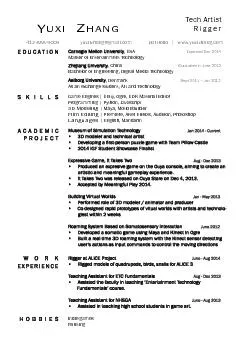PPT-Teaching the Game
Author : tawny-fly | Published Date : 2017-10-16
Ontario Soccer Association Annual Coaches Conference 2013 Sam Snow Technical Director US Youth Soccer Teaching the Game Teaching the Game Canada Most of the challenges
Presentation Embed Code
Download Presentation
Download Presentation The PPT/PDF document "Teaching the Game" is the property of its rightful owner. Permission is granted to download and print the materials on this website for personal, non-commercial use only, and to display it on your personal computer provided you do not modify the materials and that you retain all copyright notices contained in the materials. By downloading content from our website, you accept the terms of this agreement.
Teaching the Game: Transcript
Download Rules Of Document
"Teaching the Game"The content belongs to its owner. You may download and print it for personal use, without modification, and keep all copyright notices. By downloading, you agree to these terms.
Related Documents

